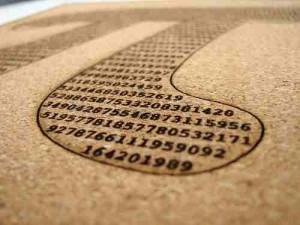April 28th – May 4th
4 hours – reading Number Sense by Stanislaus Dehaene and Doing Goethean Science by Craig Holdrege, The Measure and Construction of the Japanese House by Heino Engel
1 hour – researching the abacus and learning the Japanese abacus
2 hours – writing and revising term paper
4 hours – Calculated Poetics
I began writing my paper this week with an introduction on Sensing Boundaries. I reread the Craig Holdrege methodology of Goethean science to find connections to this process of engaging our intuitive number sense. The time i spent last week listening to Radiolab for cues on how to tell a good story paid off as I wrote an introduction I’m quite pleased with. It will lay a good groundwork for entering the conversation of what instinctual number sense is and how to engage it. After reading Number Sense this week, I’ve learned enough information to launch right into a discussion of what this intuitive number sense. That way I can define it well before I explore ways to awaken and engage it.
The book begins by explaining the number sense we see in other other species such as crows, chimps, dogs, an even horses and compares them to the abilities we see in infants. They are not that different and in fact have so much in common, that one can track the progress of number sense in these species (evolutionarily speaking) along with the growth stages of babies. It seems that infants enact the entirety of number sense evolution as they mature into adulthood in the same way that their embryos enact the entirety of evolution that came before them while in the womb.
The distinction comes when they begin to comprehend the concept of integers; fixed number values that allow for a linear concept of numbers, each digit with a fixed value. This begins to happen around the ages of 2 or 3. From there, quantities beyond 5 become understandable. From there, a child’s increasing abilities also mirror the entire evolution of number sense in human history, finally reaching the complex system of algebra of calculus we have now.
I will be able to explain this concept in the third section of my paper that relays the history of number systems and how they evolved from relying heavily on the instinctual logarithmic notion to the cognitive linear one.
I also did some research on the Japanese abacus as a part of a research paper in my other class, Chanoyu: Traditional Japanese Culture and the Way of Tea. I’m not sure how much of this will tie into my paper, but I would like to do a brief lesson on the abacus in my presentation. Learning the Japanese math and number system also provided fertile ground for the exploration of alternative math forms that may make its way into the history of mathematics section of my paper.

